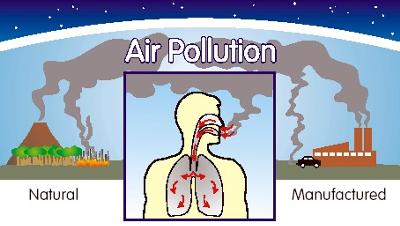Gustavo Carneiro
by Gustavo Carneiro
(Goiania GO BRASIL)
I'm a pilot.
Barry's Response - I'm not. Meteorologist here.
Every trip a pilot takes needs weather information. That's why METARs and TAFs exist. The most efficient way to provide weather data to aviators.
Flight safety is most often threatened by unexpected air conditions. Please see https://www.stuffintheair.com/weatherstations.html for a greater explanation.
What can Meteorologists do to assist?
Pilots should exercise caution during storms, such as blizzards and thunder cells. It's these things that meteorologists study, keeping an eye out for tornadoes.
Our team tells the public, including pilots and other travelers, when to seek shelter. The meteorologists check relevant data, numerical values, and graphical presentations (e.g., satellite and radar images) all the time, making important and timely decisions. Technology helps us do this a lot.
Pilots put their lives in our hands, so it's annoying but (thankfully) necessary that we declare airports should suspend operations based on observations and forecasts. It's a partnership.
Here's more about aviation and the weather in my home country of Canada: https://www.stuffintheair.com/aviation-weather-Canada.html
The critical role that weather information plays in ensuring safe and efficient air travel might explain the important relationship between meteorologists and pilots.
A possible explanation is as follows:
- It is vital for pilots to understand weather conditions in order to make informed decisions and navigate safely through the skies. That is where meteorologists come in. These professionals study and analyze weather patterns in order to provide valuable information for pilots and air traffic controllers.
- Using advanced models and technology, meteorologists forecast weather systems by monitoring atmospheric conditions such as temperature, humidity, wind speed, and precipitation. Satellites, radar systems, weather balloons, and ground-based observations are some of the sources from which they gather data. Forecasts and weather alerts can be provided by meteorologists by interpreting this data.
- It is essential for pilots to have access to reliable weather information. Meteorologists provide detailed weather reports for their departure and destination airports, along their flight route, and at potential alternative airports. The information includes information regarding visibility, cloud cover, turbulence, thunderstorms, icing conditions, and other potential hazards.
- With the assistance of meteorologists, pilots can make informed decisions regarding flight routes, altitudes, speed adjustments, and the need for any necessary equipment or procedural modifications. As a result of timely weather updates, pilots can prepare for potential weather-related challenges and take appropriate measures to ensure passenger safety and comfort.
- An important symbiotic relationship exists between meteorologists and pilots. The information and expertise provided by meteorologists is essential for pilots to make well-informed decisions, and the feedback and observations provided by pilots are instrumental in improving meteorological models and forecasts. In turn, this collaboration contributes to a safer and more efficient air travel experience, ultimately benefiting everyone who flies."
Join in and write your own page! It's easy to do. How? Simply click here to return to Cold, eh?.
Do you have concerns about air pollution in your area??
Perhaps modelling air pollution will provide the answers to your question.
That is what I do on a full-time basis. Find out if it is necessary for your project.
Have your Say...
on the StuffintheAir facebook page
Other topics listed in these guides:
The Stuff-in-the-Air Site Map
And,
Thank you to my research and writing assistants, ChatGPT and WordTune, as well as Wombo and others for the images.
GPT-4, OpenAI's large-scale language generation model (and others provided by Google and Meta), helped generate this text. As soon as draft language is generated, the author reviews, edits, and revises it to their own liking and is responsible for the content.




